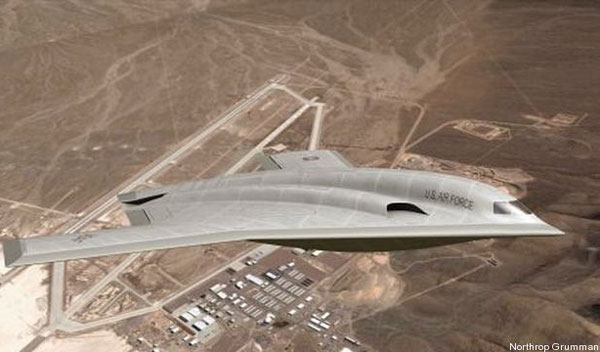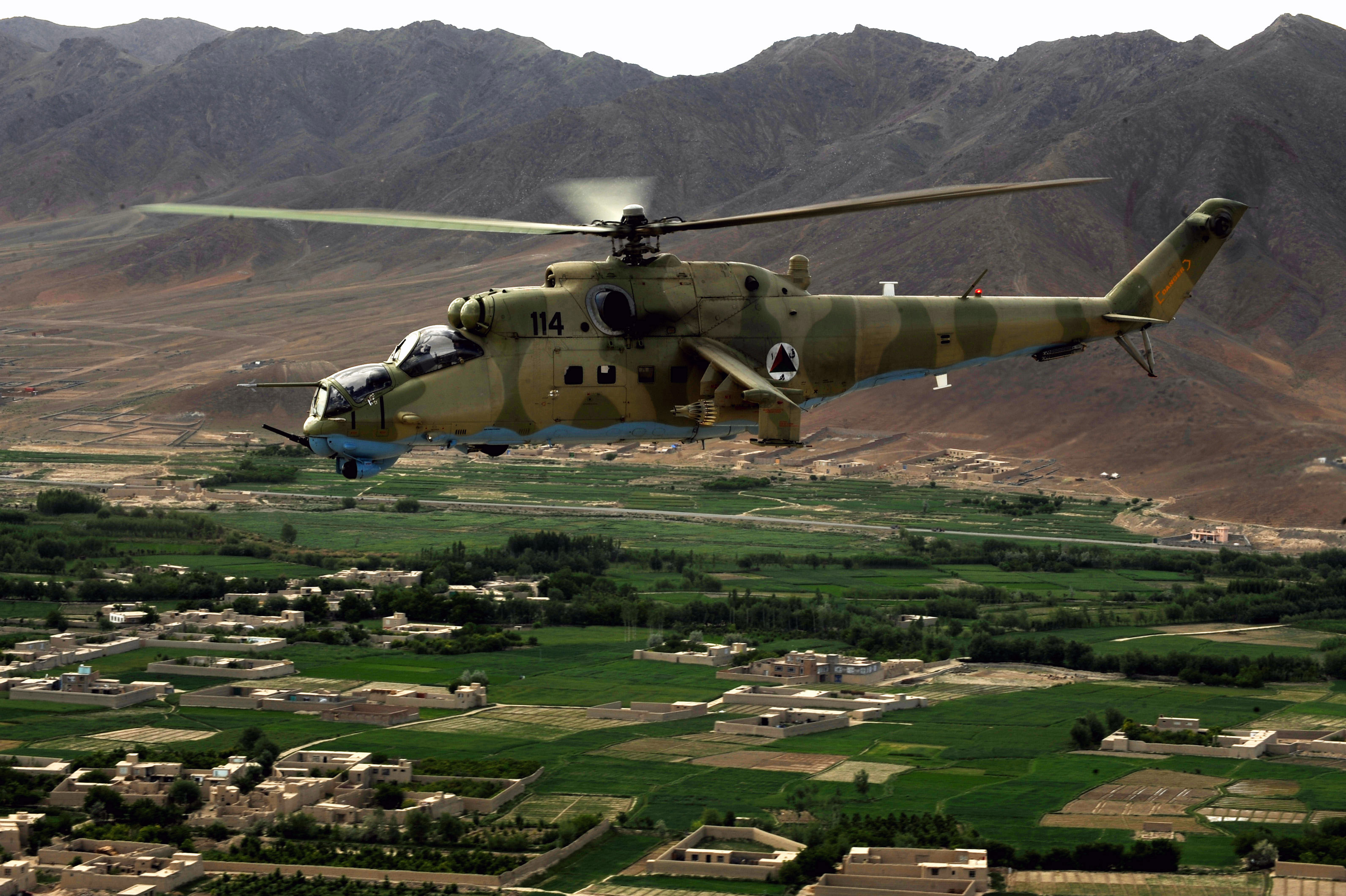The term “defense procurement” often suggests the activities and innovations of corporations such as Lockheed-Martin, Boeing, BAE and Raytheon, the world’s largest defense contractors by revenue. However, this narrow conception under-represents the scope of defense procurement and the global defense industry.
[captionpix align=”left” theme=”elegant” width=”300″ imgsrc=”http://natoassociation.ca/wp-content/uploads/2014/02/579cf5_292060227e4443bdd72e76c41598875b.jpg_srz_420_190_85_22_0.50_1.20_0.00_jpg_srz.jpeg “]
The many protracted overseas contingency operations on which states have focused their attention over the last decade, and which now occupy a central position in states’ foreign policies, has invited active participation by relatively emergent private military companies (PMCs). PMCs provide a range of military and other services. Relative to their high-tech counterparts PMCs are significantly underrepresented within the academic and official discourse as it relates to defense procurement.
[quote align=”center” color=”black”]”PMCs will continue to support expeditionary and multinational operations for years, if not decades to come”[/quote]
Able to provide security, logistics support and other services on a grand scale to facilitate expeditionary military operations, PMCs have garnered multi-billion dollar defense contracts serving governments the world over. In the 21st century the importance of PMCs in international operations is growing at an unprecedented pace and simply cannot be overstated. At this writing PMCs are estimated to operate in over fifty countries and collectively generate at least $100 billion USD in annual revenue.
The US Government (USG) remains the largest recruiter of PMCs and has worked extensively with four companies in particular: Kellogg, Brown and Root (KBR), DynCorp International (DI), Fluor and AECOM. The latter two are primarily non-lethal services companies; however, they also provide armed security services. While the foregoing companies are all US-based, PMCs are headquartered in other countries including the UK, South Africa and even Canada.
[captionpix align=”left” theme=”elegant” width=”300″ imgsrc=”http://natoassociation.ca/wp-content/uploads/2014/02/mercenary-36968694.jpg “]
The full extent of PMC engagement is illustrated perfectly by their omnipresence in the recent wars in Afghanistan and Iraq, where armed civilian contractors, the employees of PMCs, outnumbered US forces in both theatres. In Iraq specifically, KBR and DI were contracted by the USG to sustain military operations under the auspices of the US Army’s Logistics Civil Augmentation Program (LOGCAP), a program that leverages civilian resources to facilitate government operations. KBR and DI provided services including armed security, trucking and transportation, cooking, administration, infrastructure development, and maintenance and repair. These essential services underpinned the USG’s ability to sustain its day-to-day operations in Iraq, illustrating the extent to which private actors have integrated themselves into state-coordinated military operations. The LOGCAP, which accounts for billions in US defense spending annually, has been awarded and subsequently re-competed three times since the early 1990s and is now in its fourth phase. The above-mentioned companies, except AECOM, have all retained LOGCAP contracts since the program’s inception.
In addition to sustaining US military operations, PMCs are deeply involved in supporting multilateral humanitarian and peacekeeping missions. For instance, DI and AECOM have retained lucrative US State Department contracts in support of the Africa Peacekeeping Program (AFRICAP) since the early 2000s. As of December 2013 these contracts are coming to a close and will be re-competed. The services to be provided to the AFRICAP mirror those provided in Iraq.
In addition, the USG issues cost-plus-fee (CPF) contracts. This means that the government reimburses the contractor the entire cost of performing the tasks outlined in the statement of work, plus a fee (generally a contractually established percentage of the cost of completing the work). Thus, a contractor is almost always guaranteed to earn back its entire financial outlay, plus the fee to record a profit. The sole limitation imposed on the contractor in this type of contracting arrangement is a maximum ceiling value. CPF contracts are highly sought after as they enable PMCs to substantially dictate the overall costs of the work. Consequently, contractors rarely attempt to rein in costs resulting in near-ceiling quotations and cost overruns for governments, as in the case for Iraq War contracts awarded to KBR under the LOGCAP regime. Moreover, CPF contracts are sometimes awarded on a non-competitive basis. In spite of the fiscal risks inherent in CPF contracting, the USG continues to issue these types of contracts mainly to the aforementioned prime contractors.
Few strategic analysts support the possibility of major interstate warfare. More likely, threats such as terrorism, insurgency, and piracy will continue. Future expeditionary engagements are therefore likely to be similar in nature to those recently fought in Afghanistan and Iraq. They may not necessitate the use of sophisticated defense systems, but rather the deployment of soldiers, law enforcement and other private personnel to maintain order and address threats on the ground. This suggests that PMCs will continue to support expeditionary and multinational operations for years, if not decades to come.




